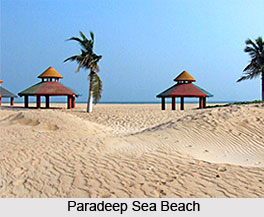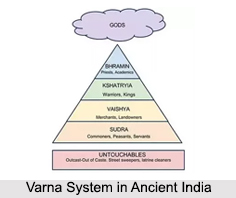South Indian states formed a linguistic unity in independent India and preserved the traditional culture and artwork despite of having many foreign invasions before its independence in modern age. South Indian states form the peninsular part of India, also known as Dakshin Bharat. South Indian states include Telangana, Andhra Pradesh, Tamil Nadu, Karnataka and Kerala. These South Indian states are covering the southern part of the peninsular Deccan Plateau. These states are bounded by the Bay of Bengal in the east, the Arabian Sea in the west and the Indian Ocean in the south. The geography of the region is diverse with two mountain ranges - the Western Ghats Mountain Range in India and Eastern Ghats Mountain Range in India, bordering the plateau heartland. Godavari River, Krishna River, Kaveri River, Tungabhadra River and Vaigai River are important sources of water. Bengaluru, Chennai, Hyderabad, Amaravati, Coimbatore and Kochi are the largest urban areas in the south Indian states with the scope to develop the economic sectors. Geography of South Indian States The peninsular India shaped like an inverted triangle is guarded by sea on all sides. It has Vindhyas and Satpura ranges running along the coastal regions while Eastern Ghats and Western Ghats meeting at the Nilgiri mountains. The low-lying coral islands of Lakshwadeep form the southwestern coast of India while the Andaman and Nicobar islands are located in the eastern coast. The Palk Strait and the chain of islands forming Rama's Bridge separate southern India from Sri Lanka. The southernmost tip of India is at Kanyakumari which is also the meeting point of the Indian Ocean, Bay of Bengal, and the Arabian Sea. The Deccan plateau is also an elevated region bounded by mountains and watered by many rivers and their tributaries. Climate of South Indian States Southern India has tropical climate and mostly depends on monsoon for rainfall. Some of the regions are considered warmest in the country with average daily high temperature of 33 degrees C. It is warm to hot all year round, at average water temperatures of 28 degrees C. Precipitation is comparatively less here and winter, summer, and monsoons are the main seasons. |





.jpg)
